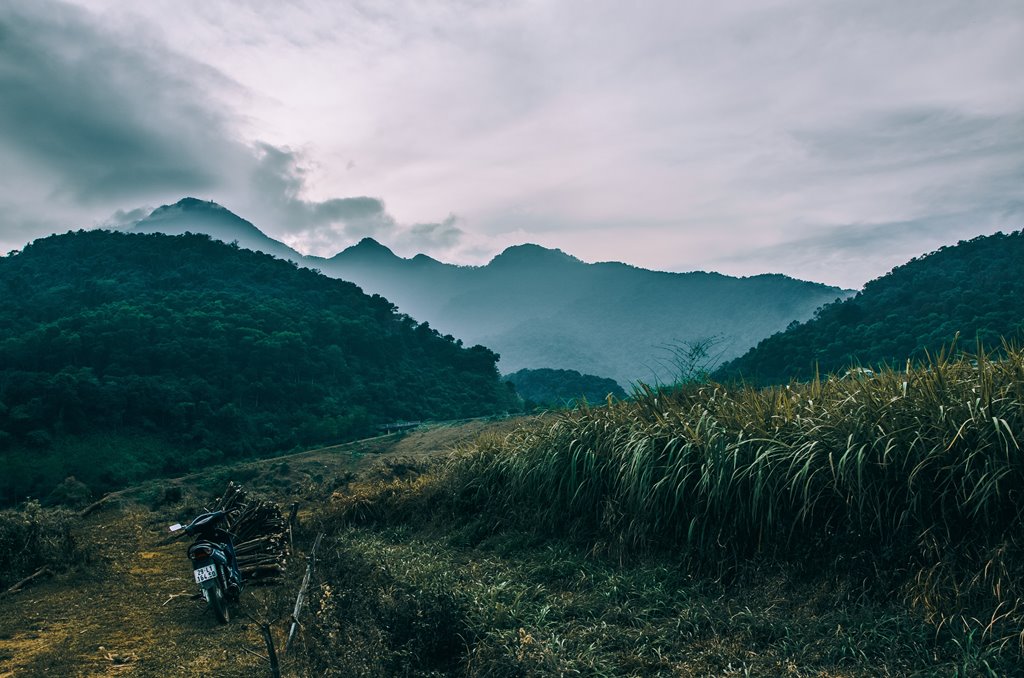This article was written by expat contributor Jennifer Dawson.
Motorbiking is considered the most popular means of transportation in Vietnam, and the number of motorcycles registered in the country grows by over two million each year. If you’re an expat in Vietnam, you may already have considered adopting motorcycle culture as a way of getting about in your daily life, but whether you’re living in the country or travelling, the motorcycle can also be an opportunity for great adventure. One of the most popular motorcycle trips in Vietnam is the ride from Saigon to Hanoi, and the beauty of this particular adventure is that there’s more than one route to take, each landing you in Hanoi to immerse yourself in its rich history and culture.
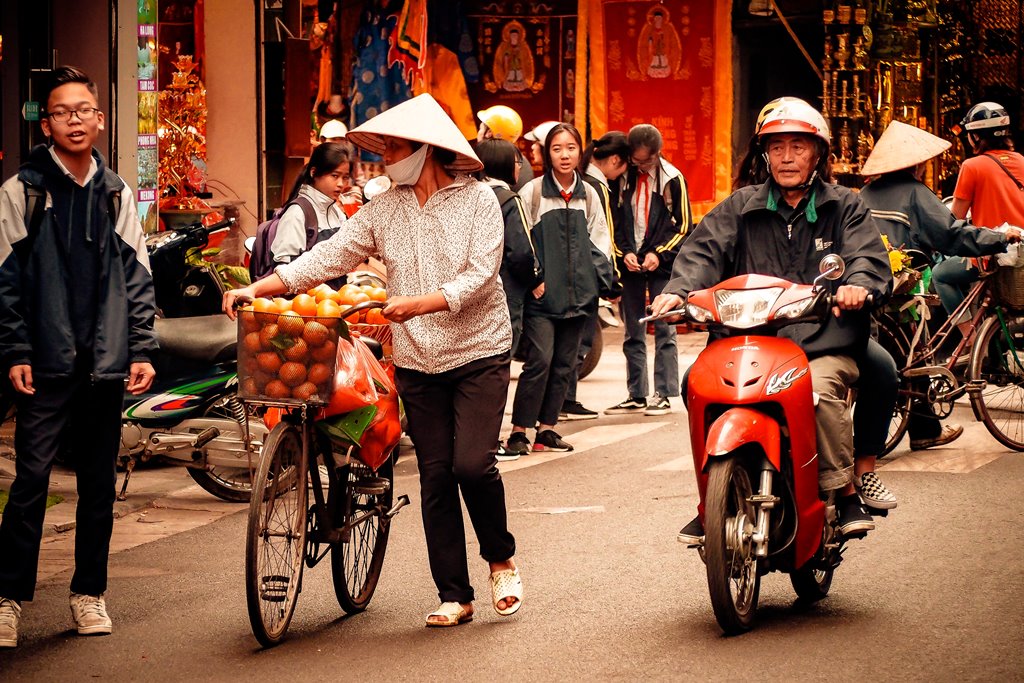
First Things First
Saigon, also known as Ho Chi Minh City, is a particularly good place to begin a motorcycle adventure because of the availability of safety gear and accessories, which should be integral to any biking trip. Look for imported gear, where sizing is larger and more likely to fit foreign visitors appropriately. Before embarking on your adventure, check that you have all the safety equipment you need and that your bike is road-worthy and fully serviced. You’ll be travelling longer distances than you do around the city, and although the roads are good and you’ll avoid the traffic of Highway 1, servicing options are limited on some routes.
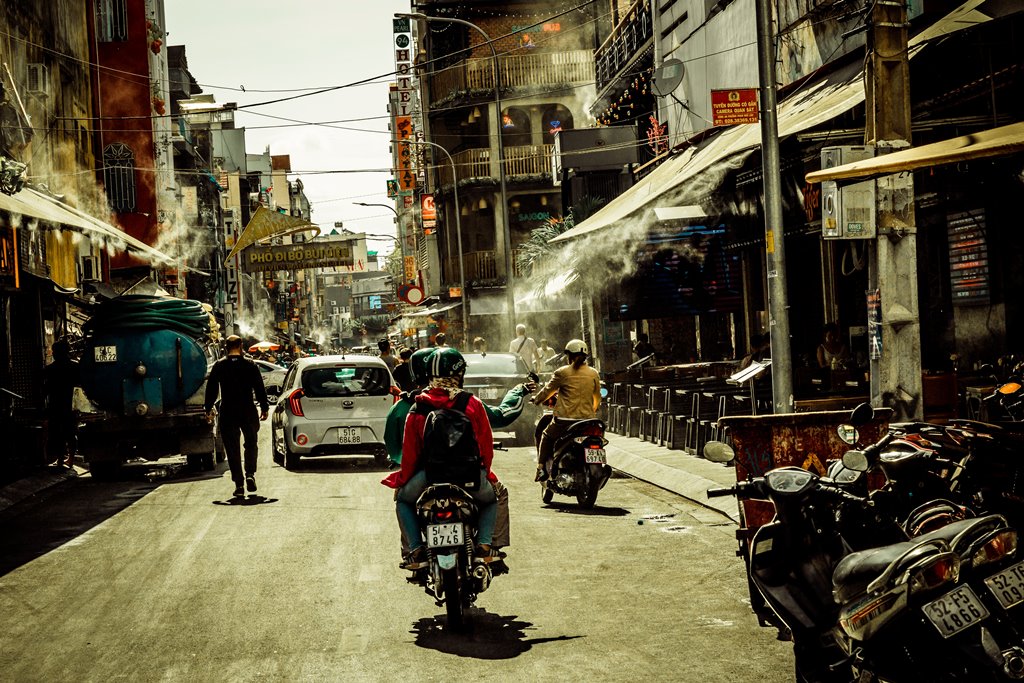
Taking The High Road
The Ho Chi Minh Road, affectionately known as Uncle Ho’s Road, is a fully surfaced route between the north and south of Vietnam. Taking this route to Hanoi will take you between 10 days and two weeks, covering 1,880km. Navigation is straightforward, and the scenery, which follows the Truong Son Range, is spectacular. The road will take you through plateaus of agricultural land and along the Laos border, and you’ll pass over dramatic landscapes throughout the entire ride. The route is largely rural, although it will take you through Buon Ma Thuot and Kon Tum, as well as a number of small villages.
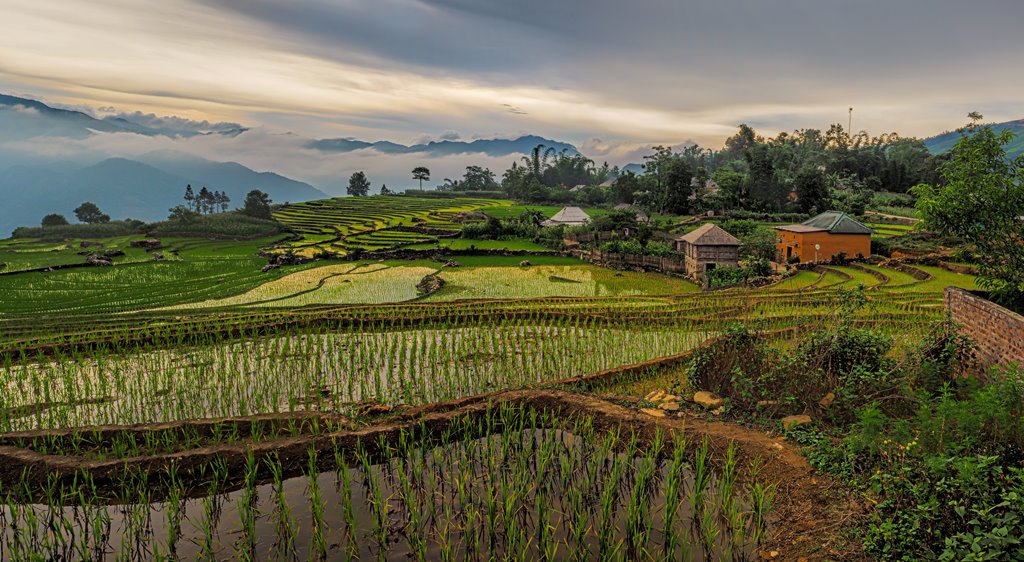
You’ll also pass the Phong Na Caves, which are a large network of caves amongst tropical forests, mountains and underground rivers, and are definitely worth a stop. The Phong Nha Cave itself is accessible by boat: you can buy tickets at the tourist centre in Phong Nha. Black bears, tigers and elephants can be seen in the area, so expect wildlife as well as stunning landscapes along this route.
A Sandier Route
An alternative route between Saigon and Hanoi follows the coastline. This route covers 2,050km and will take you between 10 days and three weeks, depending on stops. Much of this option involves new coast roads and quiet back roads, which will carry you past a mixture of deserted and popular beaches, including Nha Trang and Mui Ne. When the beaches become less appealing, the route climbs along the Ho Chi Minh Road, giving you another opportunity to visit the Phong Nha Caves. This route will also take you past the Vinh Moc Tunnels, the remains of a village that went underground to escape American bombing during the Vietnam War. Three levels of tunnels covering nearly 2km sheltered over 90 families during the war, and most of them are now open to visitors. If you’re planning on visiting the beaches along this ride, make sure you’ve packed alternative clothing for sandy walks and swims.
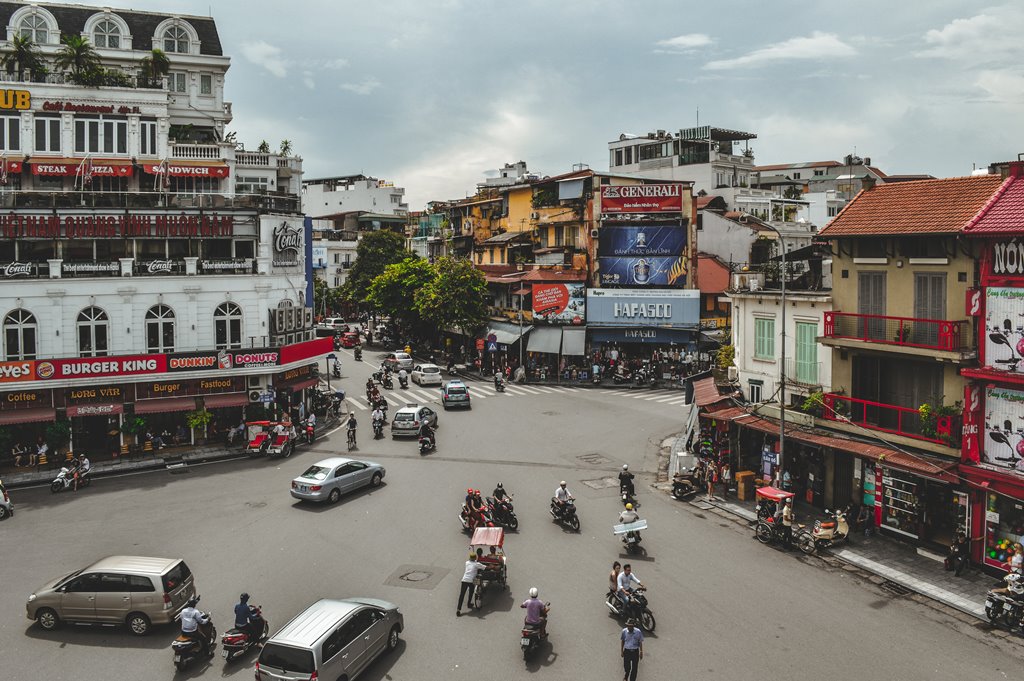
The Ho Chi Minh Road and the coastal route are just two possibilities for a motorcyclist to explore the land between Saigon and Hanoi, but there are a number of routes you can take to avoid Highway 1 and make your trip into an adventure. A motorcycle trip isn’t just about the destination: it’s about the journey, and varying your route can make every trip to Vietnam’s capital an entirely different experience.
"ExpatGo welcomes and encourages comments, input, and divergent opinions. However, we kindly request that you use suitable language in your comments, and refrain from any sort of personal attack, hate speech, or disparaging rhetoric. Comments not in line with this are subject to removal from the site. "


